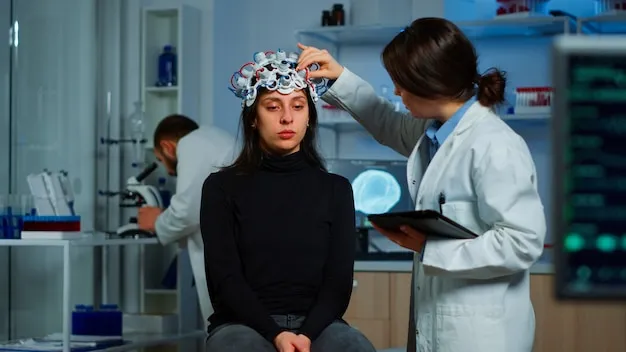Aaron Jackson
Neurosurgery for Chronic Pain Management
Chronic pain is a complex condition that affects millions of people worldwide. While many patients find relief through medications, physical therapy, and lifestyle modifications, others require more advanced interventions. Neurosurgery offers specialized treatments for chronic pain conditions that have not responded to conservative care.
Understanding Chronic Pain
Chronic pain is defined as pain that persists for three months or longer:
Types of Chronic Pain
- Neuropathic pain: Caused by damage to the nervous system
- Nociceptive pain: Arises from tissue damage or inflammation
- Inflammatory pain: Associated with autoimmune diseases or injuries
- Mixed pain: Combination of different pain types
Impact of Chronic Pain Chronic pain can significantly impact a person's physical, emotional, and social well-being.
The Role of Neurosurgery in Chronic Pain Management
- Spinal Cord Stimulation (SCS) Involves implanting a device to deliver electrical impulses to the spinal cord, blocking pain signals.
- Peripheral Nerve Stimulation (PNS) Similar to SCS but targets peripheral nerves.
- Dorsal Root Entry Zone (DREZ) Lesioning Surgical procedure to disrupt pain signals at the spinal cord level.
- Microdiscectomy Removal of a herniated disc that is compressing a nerve.
- Spinal Fusion Joining two or more vertebrae to stabilize the spine and reduce pain.
- Trigeminal Neuralgia Surgery: Treatment for facial pain caused by the trigeminal nerve.
Patient Selection for Neurosurgical Intervention
Not all patients with chronic pain are candidates for neurosurgery:
- Failed Conservative Treatment: Patients should have tried other treatment options before considering surgery.
- Clear Pain Source: The underlying cause of pain should be identifiable.
- Realistic Expectations: Patients should understand the risks and benefits of surgery.
- Comprehensive Evaluation: A thorough evaluation by a neurosurgeon to assess suitability for surgery.
Minimally Invasive Neurosurgical Techniques
Advances in technology have led to less invasive procedures for chronic pain:
- Percutaneous Procedures: Minimally invasive techniques that involve inserting needles or catheters through the skin.
- Robotic Surgery: Utilizing robotic systems for enhanced precision and control.
- Image-Guided Surgery: Using advanced imaging to guide surgical procedures.

Postoperative Care and Recovery
Postoperative care is crucial for successful outcomes:
- Pain Management: Managing pain with medications and physical therapy.
- Rehabilitation: Restoring strength, flexibility, and function through physical therapy.
- Follow-Up Care: Regular monitoring and evaluation by the neurosurgeon.
Neurosurgery can offer significant relief for patients suffering from chronic pain. However, it is important to weigh the risks and benefits of surgery with the potential outcomes. Close collaboration between the patient, neurosurgeon, and other healthcare providers is essential for optimal results.

 Telehealth Visits Available
Telehealth Visits Available
